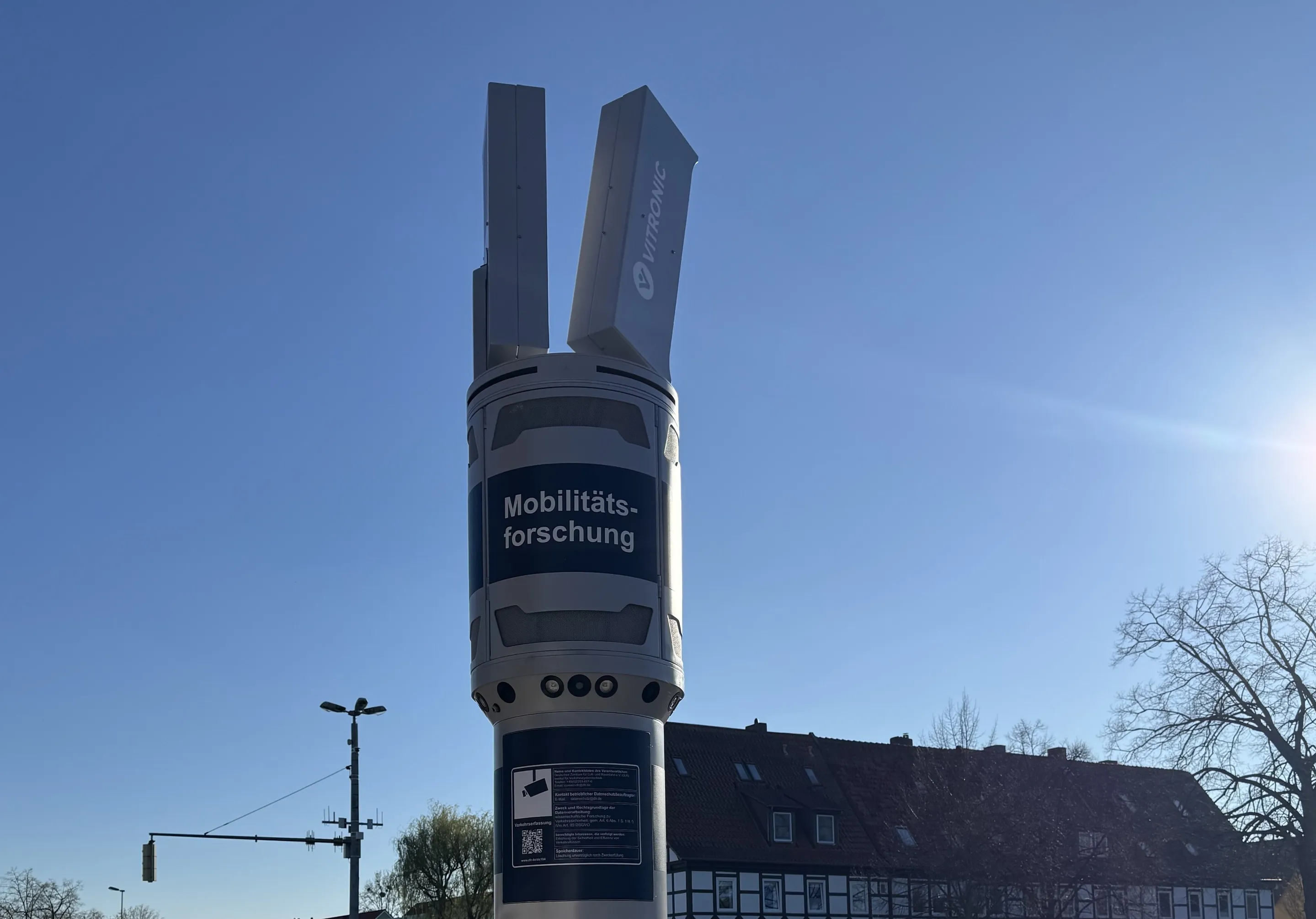Transport Scotland has announced a US$3.8 million package to replace safety cameras across the country. The safety cameras, which detect motorists driving above the speed limit, will be upgraded to digital technology. The new cameras will offer a number of benefits including improved reliability, faster processing of offences and clearer images of offending vehicles. A Transport Scotland spokeswoman said: "Road safety is a priority for this government and we are making good progress towards meeting the amb
January 23, 2013
Read time: 2 mins
The safety cameras, which detect motorists driving above the speed limit, will be upgraded to digital technology. The new cameras will offer a number of benefits including improved reliability, faster processing of offences and clearer images of offending vehicles.
A Transport Scotland spokeswoman said: "Road safety is a priority for this government and we are making good progress towards meeting the ambitious 2020 targets set out in Scotland’s Road Safety Framework.
"Safety cameras have been shown to play an important part in helping to achieve these road casualty reductions and as such, this US$3.8 million investment that will see all wet film safety cameras that detect speeding upgraded to digital technology. This will increase their capacity and in doing so help contribute further towards keeping our roads safe."
There are currently 168 fixed safety camera sites across Scotland. Fifty eight of these are on the trunk road network and the others on local authority roads spread across four safety camera partnership areas: Lothian and Borders (63); North East (29); Strathclyde (63) and Tayside (13). Many of the existing cameras that are rotated between sites have been in use since the early 1990s and are reaching the end of their serviceable life. The availability of spare parts is diminishing and increased repair times are becoming an increasing problem.
This US$3.8 million investment covers the cost of buying new cameras and upgrading or replacing the existing poles and housings, as well as the associated viewing equipment in each of the four back offices where the information on offences will be administered.









